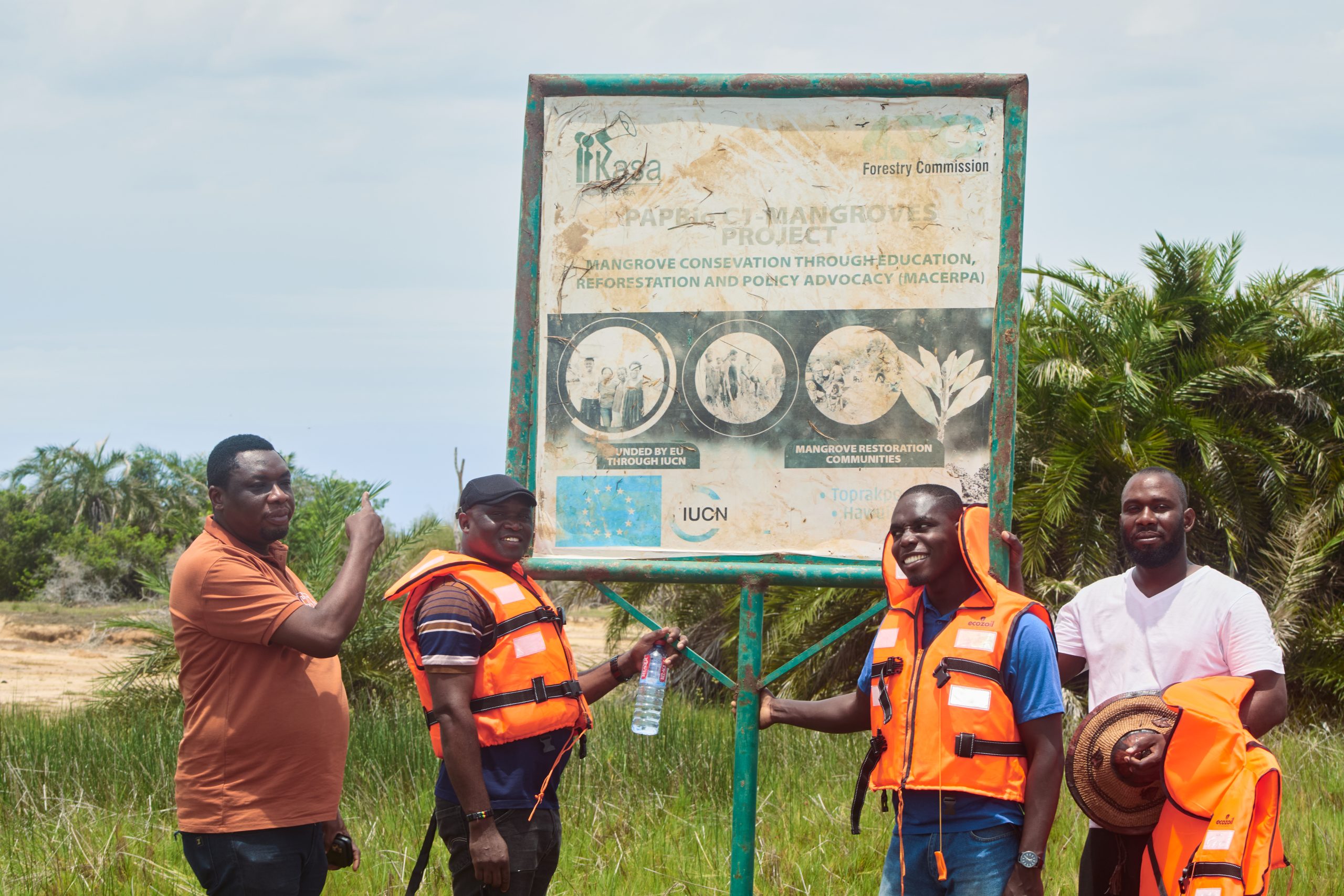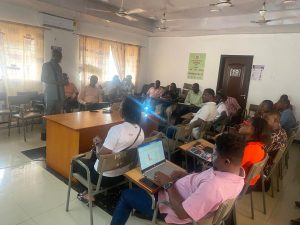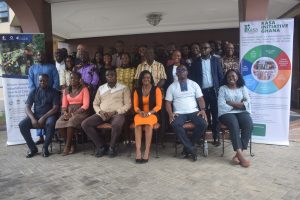One of the evidence of climate change is rising temperatures which impact the sea and oceans in various ways. One is melting polar ice which leads to expansion of oceans which in turn encroach on lands such as Keta. Secondly, the high temperatures which are stored in the water exacerbates water acidity which then degrades coral reefs and even mangroves; which act as sea defence. Cases such as Keta’s can be observed world over, in coastal areas.
The Government of Ghana has responded to this recurring disaster with measures to keep the sea at bay and relocation propositions for community members. Along Ghana’s volta region and other coastal regions, one can observe sea defence systems protecting coastlines from strong tidal waves that cause erosion, flooding, amongst other hazards. These engineered structures are fortified to ensure durability and restoration of normalcy for coastal communities. However, as with most man made structures, there is a lifespan to such structures. That is why organisations such as Kasa Initiative Ghana advocate for Nature based solutions such as planting of Mangroves.
Mangroves forests not only act as sea defence but perform as carbon sinks better than terrestrial forests. Additionally, their roots create an ecosystem for marine life to start and thrive. Marine creatures such as turtles and fish rely on this ecosystem for survival in initial life stages before venturing into the deep sea. Kasa with support from IUCN and Forestry commission sought to restore mangrove in South Tongu District of the Volta Region. The exercise, done in collaboration with youth, women and men from the communities not only identified locations for restoration but also provided seedlings and carried out the planting. The initiative also engaged community members on the importance of mangrove forest in the environment and what it takes to ensure the forests reach maturity.
In previous years, communities along the coastline in the Volta region were well barricaded from tidal waves by thinning mangrove forests. However, due to livelihood activities such as mangrove harvesting, the forests are now shrinking and far apart. Smoking of fish and other seafood is common in these areas with mangrove being the preferred source of firewood. Due to this, introduction of alternative livelihood is a key component to restoration efforts to avoid a recurrence of the current where firewood heaps are aligned along the coastline and in markets.
Lilian Mukami
Communications and Learning Advisor
njiru@kasaghana.org






